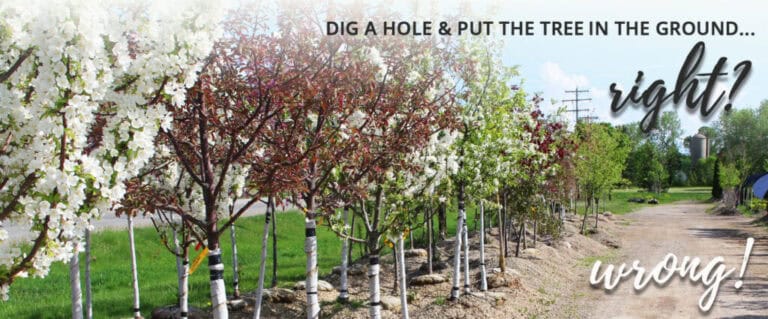Dig a Hole and Put the Tree in the Ground, Right? … Wrong!
May 28, 2020
Planting a tree involves more than just digging a hole and putting the tree in the ground. If you want a beautiful, healthy tree, there are a few guidelines you should follow when planting to ensure long-term success. Check out these helpful tips and tricks! Here at Vande Hey Company, we do not want to…

